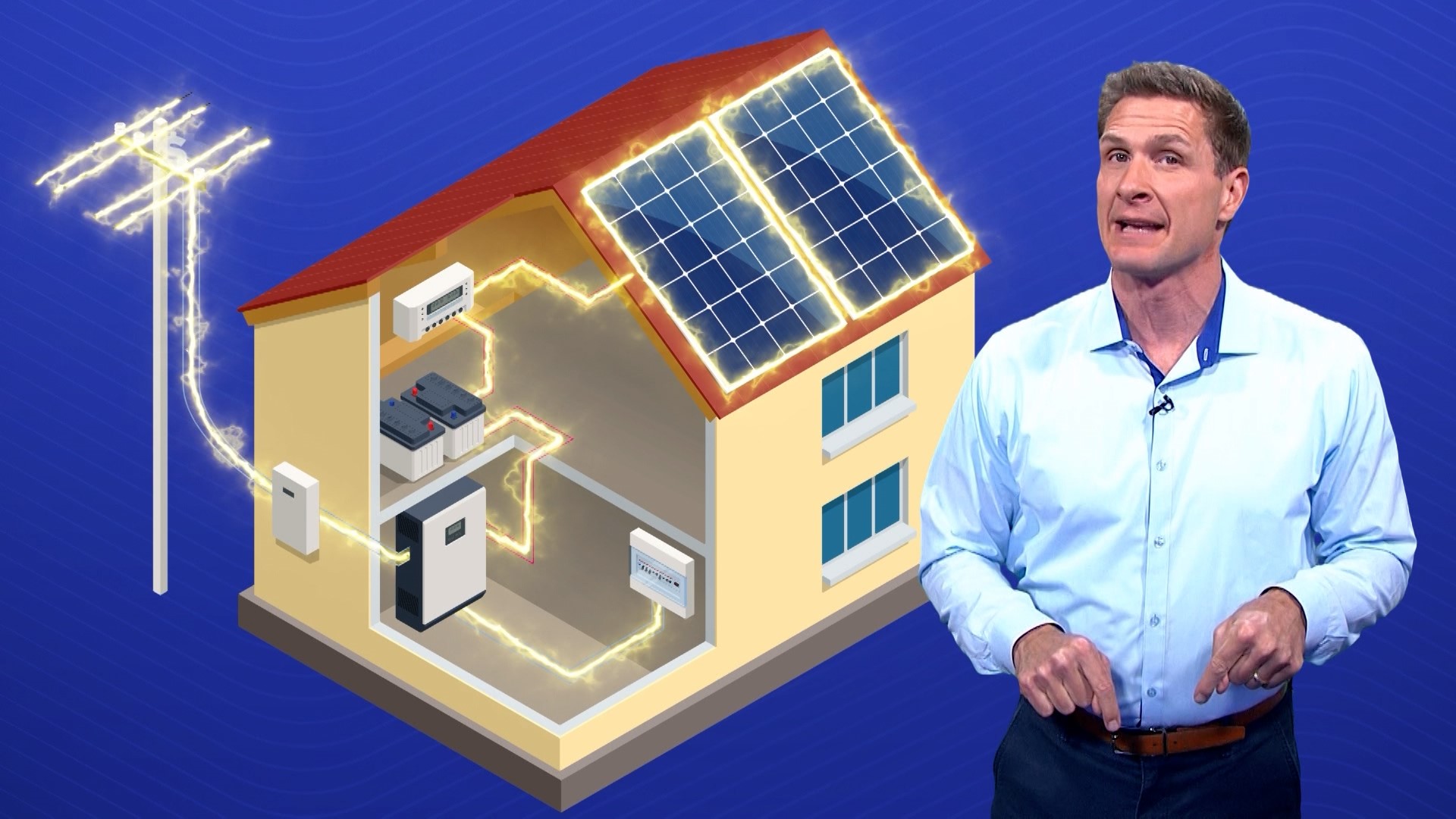Have you been having a fight with summer? The kind where the heat hits you brutally hard and you blast back by running your air conditioner full tilt. But then you get the summer electric bill gut punch. It is especially painful when you take that financial beating several months in a row.
More Texas homeowners going solar
Many Texans have decided instead to be friends with the sun, fully embracing it and inviting it right down onto their roofs where they collect it and make their own electricity. If the pace keeps up from the first quarter of 2023, new stats show Texas homeowners are on track for another record number of solar panel installations this year.
The figures from the Solar Energy Industries Association with a credit to Wood Mackenzie show that in the first quarter of 2023, there were 19,312 solar installations in Texas. Annualizing that volume for all of 2023 would produce 77,248 installations here this year. Compare that to 69,867 in 2022, 45,211 in 2021, 34,860 in 2020, 20,984 in 2019, and 12,290 in 2018.
Costs and benefits of going solar
Depending on the size of a system, Marketwatch recently estimated it can cost from $12,500 up to double that much for a solar setup. But they compare those costs with the substantially reduced prices when you factor in a federal tax credit that covers 30% of the cost to go solar.
That is money that is knocked directly off how much you owe in federal taxes. And if the amount is more than what you owe in federal taxes, you can carry over unused portions of the credit to the next tax year.
Also, some electric transmission utilities in Texas give a credit to certain companies that install solar power systems and the installer can share some of that credit with you. Here is an example from Oncor, followed up with more information here.
Additionally, having solar installed can increase your property value. But the system is exempt from property taxes. As the Texas Comptroller points out in these wind and solar guidelines, the state “Exempts from property tax the amount of appraised value associated with the installation or construction of a solar or wind-powered energy device that is primarily for the production and distribution of energy for on-site use”.
For times when you make more power than you can use, your electric service provider may buy that excess electricity back from you by giving you credits that lessen what you owe in the times when solar doesn't provide enough electricity to meet your needs. Here is one example from TXU Energy.
Researching solar for your home
If you are not sure where to begin, Google has a program called Project Sunroof, which allows you to enter your address and search for how large of a solar installation you could need.
The result will also reveal how much the system might cost, how much electricity the panels on your roof would likely generate, and how long it would take for your solar panels to essentially pay for themselves. Also, the site calculates over 20 years how much you would likely pay by going solar versus how much you would pay if you remained on the traditional electric grid.
New federal rebates for energy-efficient home upgrades
Some homeowners are likely keeping an air conditioning unit on life support while waiting for new rebates that might save them a lot of money on a new, more efficient system. Since last year, federal rebates have been in the works for a list of energy-saving upgrades like more efficient dryers, water heaters, insulation, wiring, circuit breakers, and air conditioners—up to $8,000 dollars off new energy-saving A/C systems.
Those are all part of the 2022 Inflation Reduction Act. In late July of this year, the rules for the programs to be administered by the act were completed. From there, states will now stand up their own programs for homeowners to apply for the money allotted to each state. Texas stands to get $690,029,570 to give out for home efficiency upgrades.
That will be handled by the State Energy Conservation Office under the Texas Comptroller’s Office. We asked the Comptroller’s Office where the Texas program stands right now. They confirm they just got the federal rules and are now “reviewing" them.
Next, officials say they will have a "Q & A period' with federal regulators so they can get further clarification. After that Texas will eventually begin taking applications and giving out rebates. When asked for a timeline, the Comptroller’s Office said it "Is gonna take a while". That's not super specific, so we promised to check back. They advised that we don't ask them for updates monthly, suggesting that we check in, “More on a quarterly basis". It may be a while, indeed.

